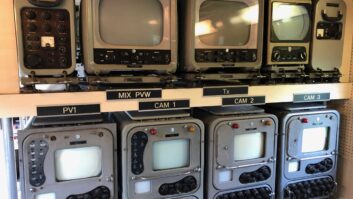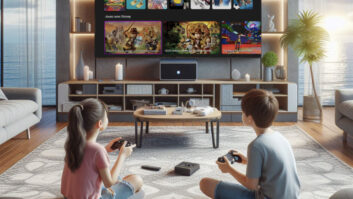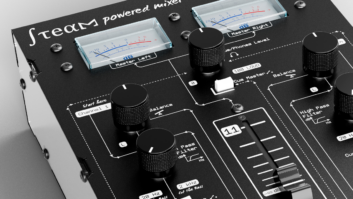The Immersive Digital Experiences Alliance (IDEA) has announced the release of the first draft of royalty-free specifications for the Immersive Technology Media Format (ITMF).
ITMF is a display-agnostic interchange format for conveying high-quality and complex image scenes to a wide variety of immersive displays, including extended reality headsets and display panels, based on light field technology.
Applications range from passive viewing, gaming and telepresence, including six degrees-of-freedom (6DoF), to next-generation light field displays. The initial ITMF suite includes three documents: a scene graph specification, a container specification and a data encoding specification.
“IDEA came together in response to the growing momentum for immersive media — a viewing experience that goes beyond the constraints of a flat screen and rectangular picture to ‘immerse’ the user in the scene,” said Pete Ludé, chairman of IDEA and consultant to CableLabs.
“Advances such as AR/VR and 3D have approached this concept, but until now there’s been no common framework to enable these types of images to be transmitted on a commercial network and viewed on any device,” he added.
While not fully implemented in the initial draft, the goals for the ITMF specification are based on five key attributes:
- The unique ability to achieve a fully immersive image, based on the best possible image representations and with light field technology as the highest common denominator
- Solutions that are practical for transmission, with the ability to transmit complex data to viewers’ homes without using an inordinate amount of bandwidth
- Display-agnostic solutions that support any type of display or viewing device, ranging from smartphones and extended reality headsets to home theatres and expansive cinematic displays at entertainment complexes and theme parks
- Support for media-aware networks to optimise delivery with available network bandwidth and support of different display devices, enabling deployment of new immersive services
- An open and royalty-free interchange format that any vendor can access and implement, thus spurring a broad range of industry solutions and speeding adoption







